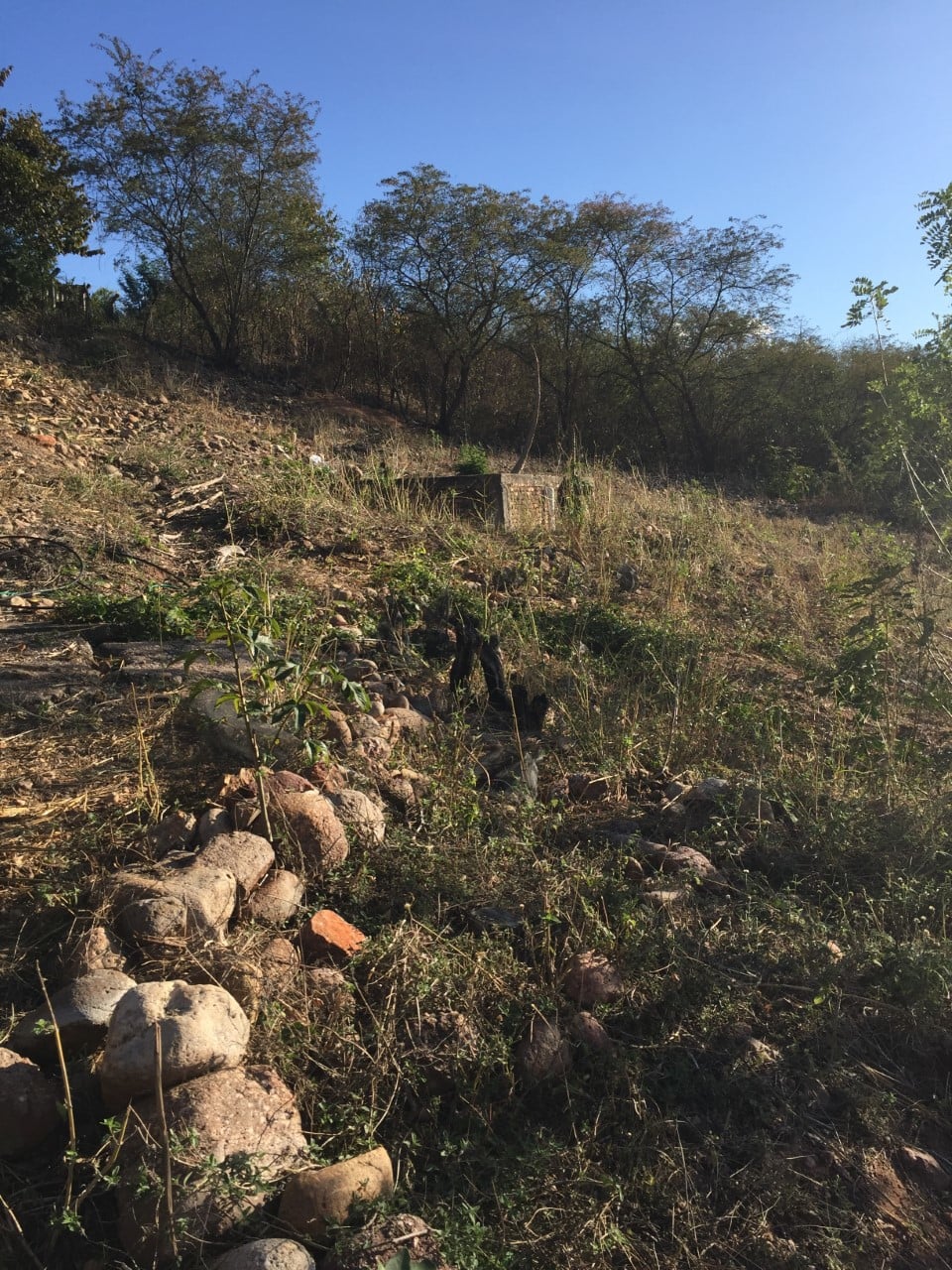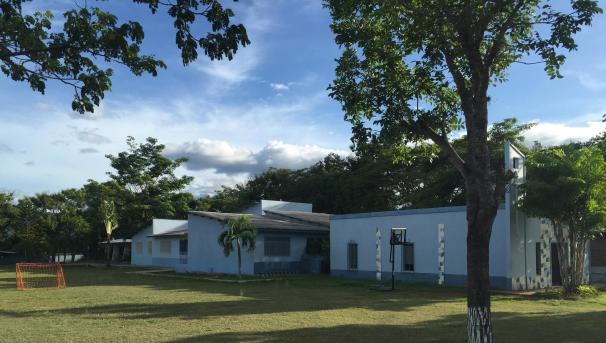Thank You!!!
Pre-Trip Update and Thank You
Hi everyone!
I'd like to introduce myself to those who don't already know me... My name is Chris Ratcliff and I am a first year instructor in the Engineering Education Department at OSU. I also spent 2015 living and volunteering at Montaña de Luz.
And so on behalf of the class and on behalf of MdL, I'd like to thank you all for your support.
As you may know, MdL has been caring for several dozen children affected by HIV/AIDS over the past 17 years. As the children come of age, MdL is facing a transition period in which it must work to provide for its children not only a loving home, but also a firm foundation from which to build the rest of their lives. This is not easy to do for a variety of reasons. First, an institution, no matter how beautiful the scenery and no matter how warm and loving the employees, can never fully replace a child's parents and family. Second, many of the children at MdL come from rocky beginnings - unstable home situations in the formative years of their lives. Third, Honduras is not currently a society awash with career opportunities. But they are out there, and it is the mission of MdL to equip its children with the tools they need to succeed.
So our work is cut out for us, but we have many advantages in our favor. For one, through the generosity of our supporters, MdL has been able to institute programs like the homeschool that is able to give the kids the one-on-one attention and tutoring they need to get them to a good place in their learning. Also, with projects like the ones we are implementing in this trip, the children have a chance to see engineering projects done by students near to their own age. They have a chance to learn from the process, to become inspired by the work and the students in this class, and to develop skills working with the systems we implement after we leave.
Furthermore, one of the major goals of this year's projects, and something that sets it apart from other service learning trips, is that we are attempting to create jobs and/or entrepreneurial ventures through the sustainable Ag and solar projects. To me this is a very promising path. To use the resources of MdL to actually create employment opportunities either for the children themselves or for the community at large. Healthy communities are ultimately the goal of any service work. And finally, by reducing the costs for MdL, we hope to make more funds available for these kinds of ventures moving forward.
And so I'd like to say thanks once again. I truly believe in the significance of this work and I hope that in the future we can continue to build on what the students do this year!
P.S. We will be making a video of the trip and the projects to share with you all, so stay tuned!
Solar Education and Outreach Team Update!
Hi from the Solar Education team, check out the video we put together to introduce our project! Thanks for your help!
Agricultural Team Update!
Check out the Agricultural Team's drawn depiction of the general plan for the hillside restoration!

Agricultural Team Update!
First of all, thanks to everyone who has already donated. We can't wait to show you all the good your generosity will do!
The Agricultural Team, including myself (Ally Fomich), Emma Garber, and Zach Brannan, has been knee-deep in research regarding the soil restoration project. We have received pictures from a current volunteer at Montana de Luz of the eroded, depleted hillside we plan to transform and our designs are really starting to feel tangible!
One of our coolest takeaways so far? Pineapples are AMAZING.
As it turns out, pineapple plants are warriors when it comes to the harsh conditions of the tropics. No rain for half the year? No problem for the pineapple plant. Little to no soil nutrients? Bring it on. For this reason, along with the fact that pineapples are both marketable and delicious, the team has decided to use this plant as one of the primary crops on the hillside. After all-- the only thing you need to do to grow pineapples is throw the sliced-off top of the fruit in the ground and watch the magic happen.
After reviewing research from the ECHO Organization, we have decided that Sloping Agricultural Land Technology (SALT) is the most effective way to revitalize the hillside. This involves establishing contour lines across the hill and strategically planting crops on "staircases" along these contours. A past MdL project team has even developed an irrigation system that will work perfectly for our quarter-acre garden!
The order of crop types will be no accident; that's the key to the whole operation.
We have selected a combination of nitrogen fixing, long term plants and annual crops to fulfill our SALT-y goals: moringa trees, madreado trees, pineapple, beans, squash, and more. ALL of these can be locally sourced at very minimal cost! The objective is to establish a deep root system that will replenish the soil with nutrients and keep it from washing right down the hill during the rainy season. Once MdL gets a little shade and nutrition, it will be a self-sustaining and easily expanded source of food, materials, and agricultural income for the orphanage.
In a nutshell, we are using the example of nature to restore an ecosystem.
Many of the poor farmers in the region have been pushed off of the flat, viable land onto eroded hillsides like the one at MdL. Can you imagine the impact of spreading this farming technique? It would be economically transformational. To do so, we plan on using funds from this campaign to hire local workers and train them in these agricultural techniques. That way, they can decide for themselves if this process in feasible and productive without risking their own family's livelihood in the process. It is essentially a zero-risk, low-cost experiment. Does it get any better?
We are eager to continue our research following the completion of our proposal last week. Only 5 weeks until implementation time!
Stay tuned for more updates on our other great projects. Thanks!


$5
Soil Yourself
We can purchase a fruit tree graft to expand the sustainable hillside crop yield and provide nutrition for children in the orphanage.
$10
Illuminating minds
A solar night light kit that the kids can build to gain an understanding of electricity and solar energy and encourage an engineering mindset.
$25
See the Light
Five high-efficiency light bulbs will replace existing bulbs to reduce the enormous electricity bill.
$50
Sparking Connections
Miscellaneous wiring that can redistribute the flow of electricity at MdL to increase efficiency and reduce electricity bills.
$75
Put the Luz in Montana de Luz
A panel for a solar generator used to educate and serve as an entrepreneurial solar initiative for teenagers at the orphanage.
$100
Not Your Grandmother's AAA
This battery can transfer the power to DC to control more solar panels in our system.
$200
Watt an Idea!
Solar panel connected to the kitchen that can generate electricity for the fridges and ensure safe keeping of food.
$250
Sowing Knowledge
Employ part-time worker for 16 weeks to care for hillside garden and learn sustainable agriculture techniques applicable to future jobs






